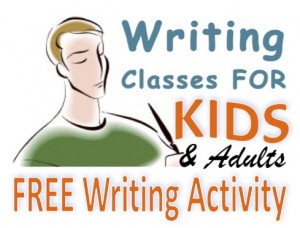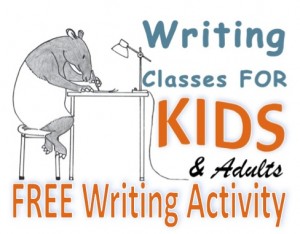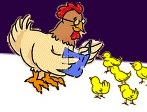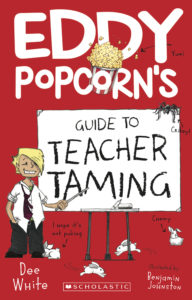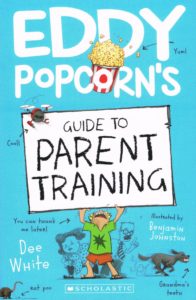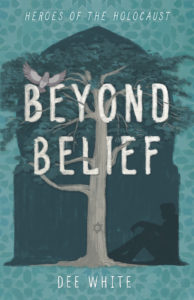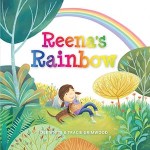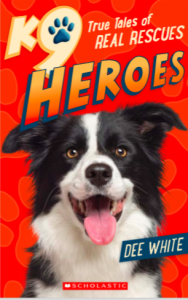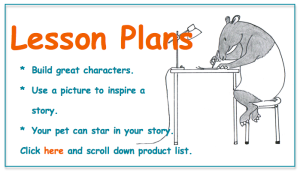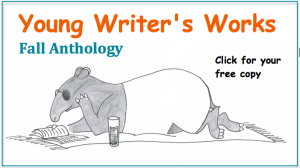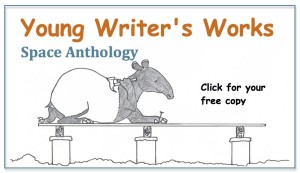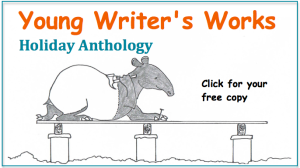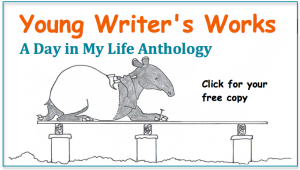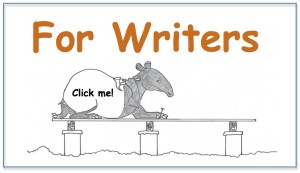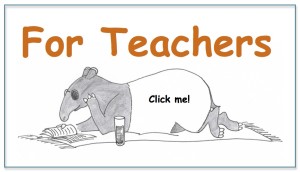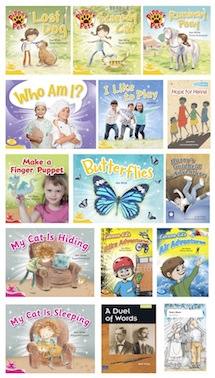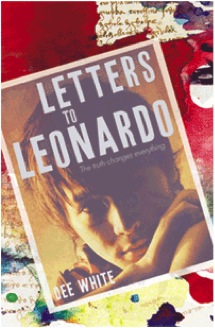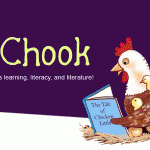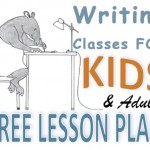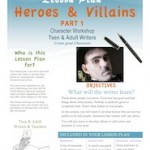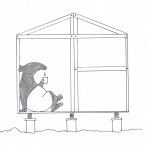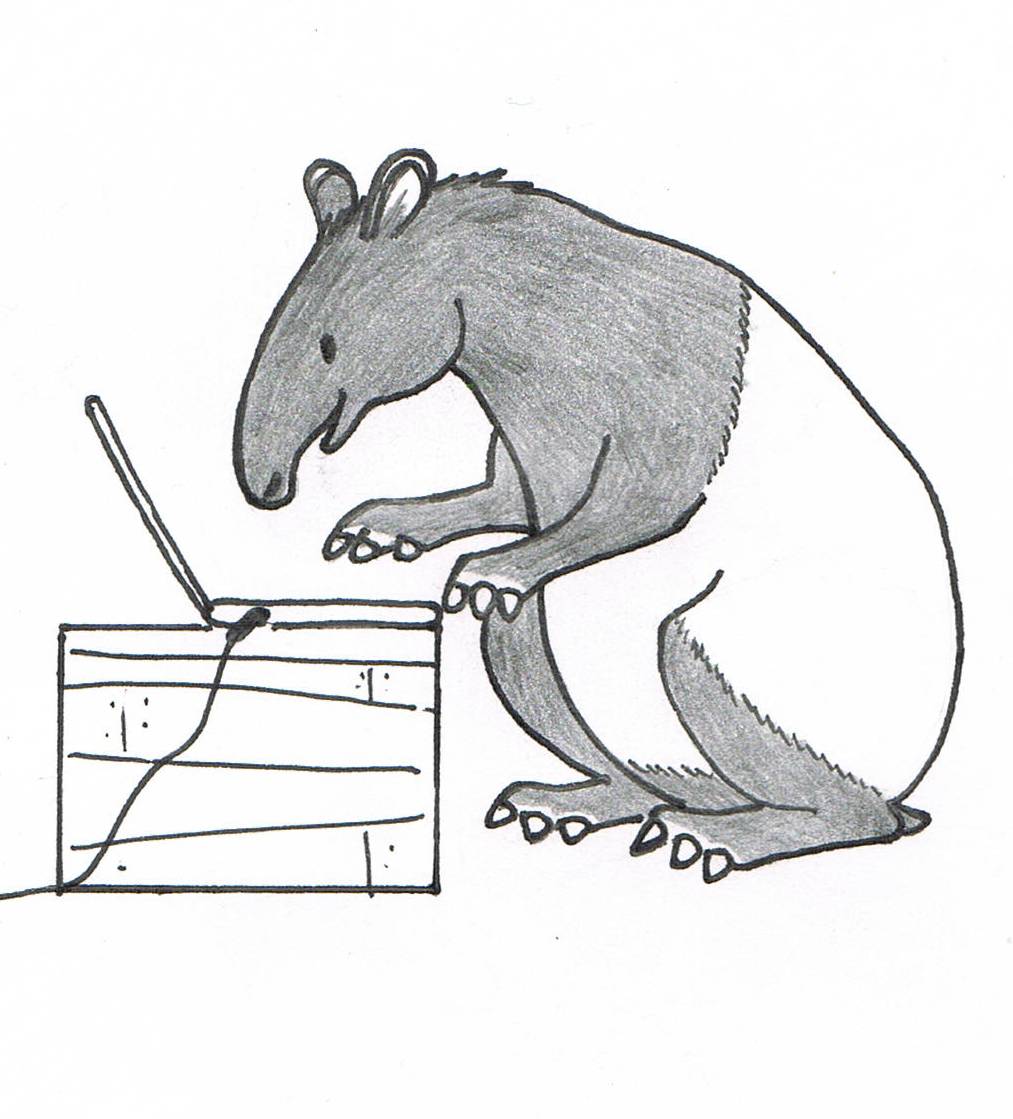The following poem was written by Nick aged 8, based on the format used in an existing poem.
Looking at how other people write can help you work out the sort of writer you are and what works for you.
 By Nick aged 8
I will put in the box
An ocean of melted chocolate
A single pinch of every herb
A dragon’s tooth with the moonlight
glancing down on it
I will put in the box
The laugh of my family
The breath of a serpent
And the scales of a crocodile
I will put in the box
The egg of an eagle
The lick of my rabbit
And the scratch of my cat
I will put in the box
The hug of my mum
The strength of my dad
And the intelligence of my brother
My box is fashioned from
The greenest emerald
The bluest sapphire
And the palest diamond
I shall hide my box
At the bottom of a volcano
For in generations
Some lucky person to find
This piece was based on the original poem by Kit Wright called The Magic Box, first published in Cat Among the Pigeons by Penguin. Kit’s poem is also found in several anthologies and teaching texts. The Magic Poem is a great one for kids to build on and can be used for writers of all ages.
A POEM
- If you had to go somewhere and all you could take was a magic box with the things you loved most, what would you take?
- Make a list of ten things and write a poem about them.
- Describe the ten things in an interesting way. (Remember to use all the senses; sight, sound, taste, touch and smell)
- Describe what the box looks like
- Where would you hide it?
- Write a poem putting together everything from the previous steps.
A STORYÂ
- Select the most important item from your magic box.
- What if it was taken from you?
- Why do you need this item?
- Who took it and why?
- How does the theft make you feel?
- How would you get the item back?
- What would happen if you couldn’t get it back?
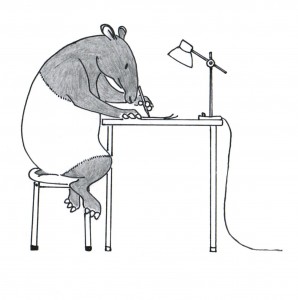 Write a story with you as the main character and the theft of the item as the story problem. How will you overcome this problem?
Write a story with you as the main character and the theft of the item as the story problem. How will you overcome this problem?
What obstacles are in your way to stop you overcoming it?
How will you resolve your story?
To see Kit Wright’s original piece, or for more information about how to use this poem to inspire young writers in your classroom or home, here’s a great link:
http://www.poetryclass.net/lessona.htm



